Don Lee Reviews The Adventures of Huckleberry Finn and Zombie Jim and The Adventures of Tom Sawyer and the Undead
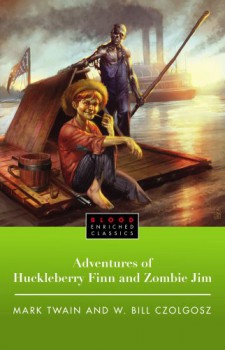 The Adventures of Huckleberry Finn and Zombie Jim: Mark Twain’s Classic with Crazy Zombie Goodness
The Adventures of Huckleberry Finn and Zombie Jim: Mark Twain’s Classic with Crazy Zombie Goodness
Mark Twain and W. Bill Czolgosz
Coscom Entertainment (206 pp, $15.99, 2009)
The Adventures of Tom Sawyer and the Undead
Mark Twain and Don Borchert
Tor (304 pp, $13.99, 2010)
Reviewed by Don Lee
I like zombies better than vampires. It is a lot harder to prettify zombies. They shamble. They eat brains. You blow their brains out. In origin, of course, the Romero-esque brain-eating zombies have about as much to do with “real” Haitian zombies as the sexy noble vampires of Twilight have to do with the monster that is Dracula, much less the original walking bags-of-blood from whose folklore the modern literary vampire descends.
The Adventures of Huckleberry Finn and Zombie Jim: Mark Twain’s Classic with Crazy Zombie Goodness, and The Adventures of Tom Sawyer and The Undead are, of course, part of the recent trend of Classic Novel plus fill-in-the-blank-monster that has brought us such gems as Little Vampire Women, Queen Victoria: Demon Hunter, Sense and Sensibility and Sea Monsters, Android Karenina, Robin Hood and Friar Tuck: Zombie Killers, The Undead World of Oz, Mansfield Park and Mummies, Jane Slayre, Alice in Zombieland, and Emma and the Werewolves. So far. …

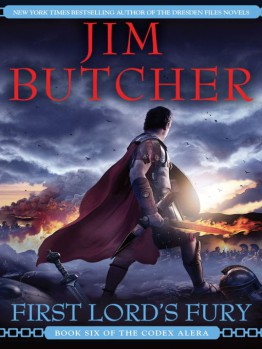
 The Woman in Black (2012)
The Woman in Black (2012)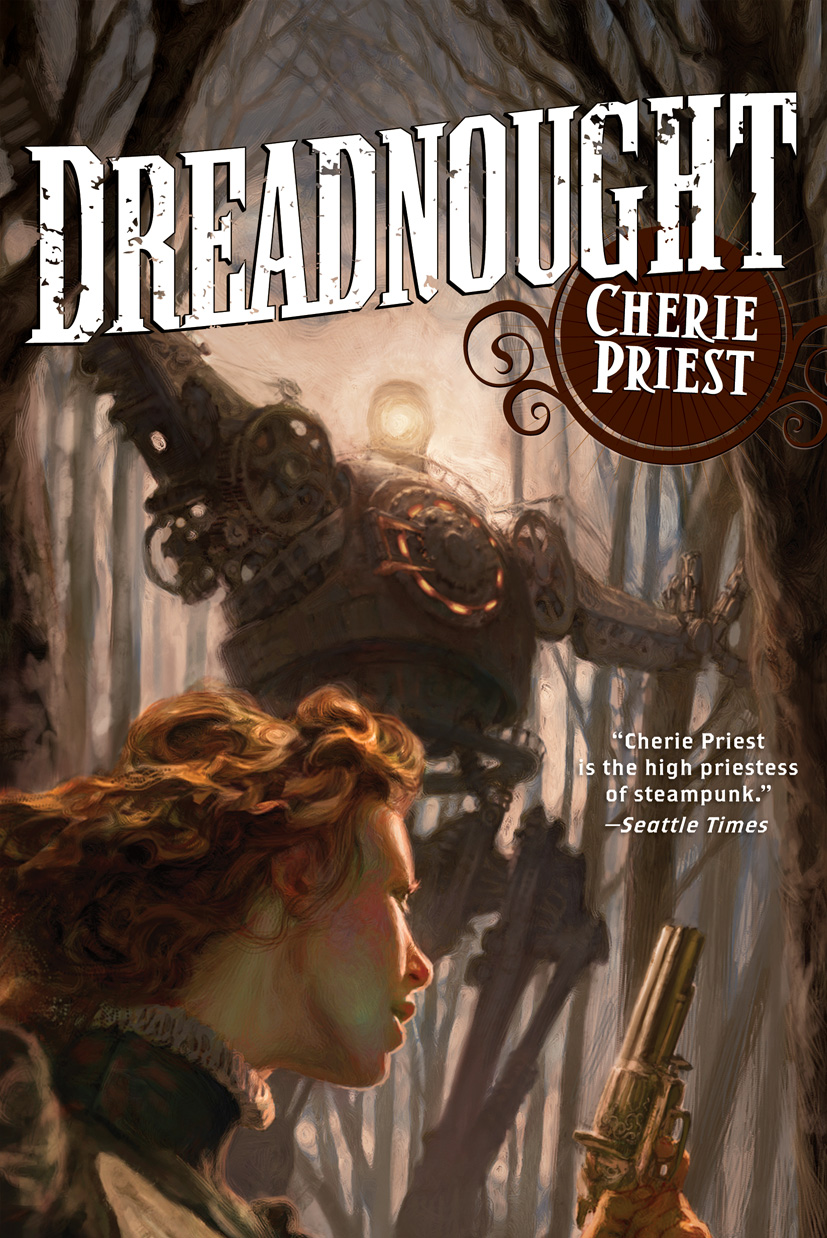 Dreadnought
Dreadnought 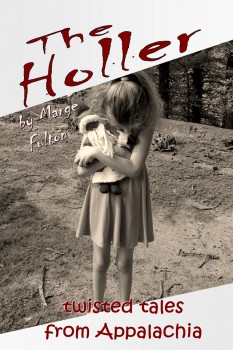 The Holler
The Holler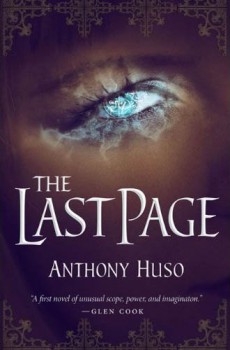 The Last Page
The Last Page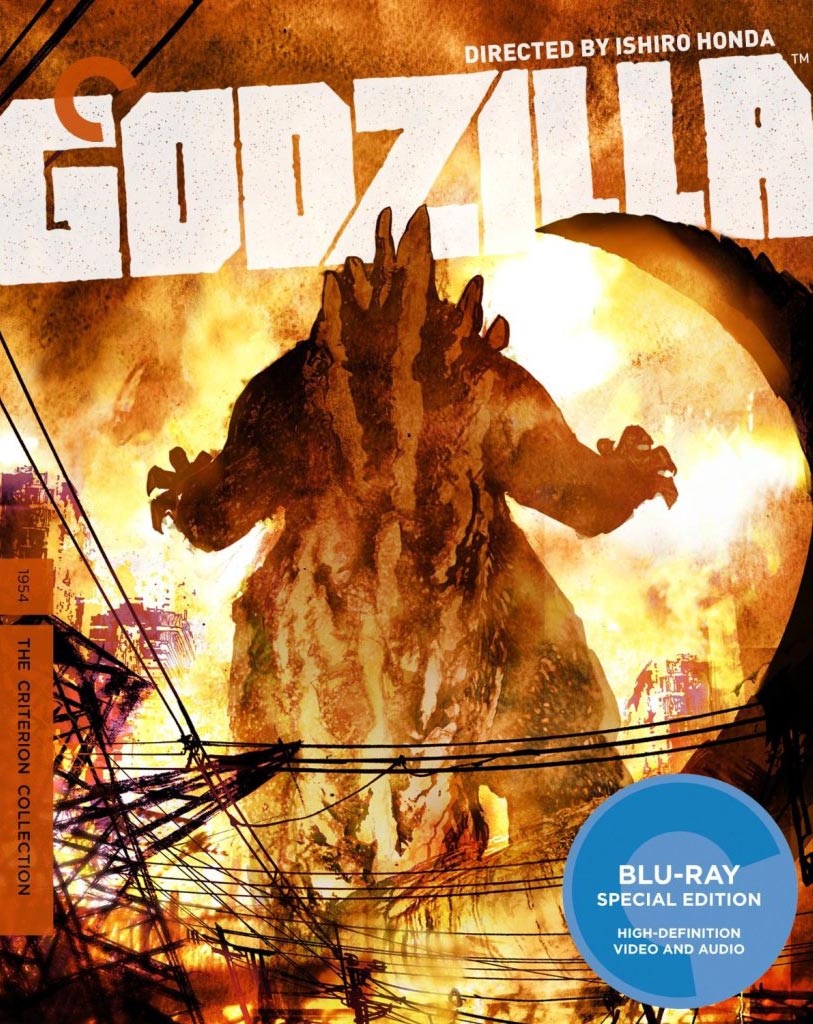
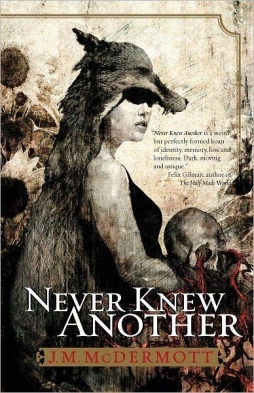 Never Knew Another
Never Knew Another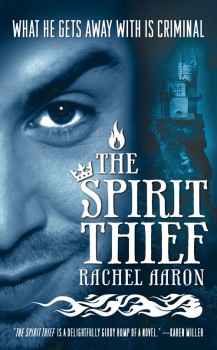 The Spirit Thief
The Spirit Thief